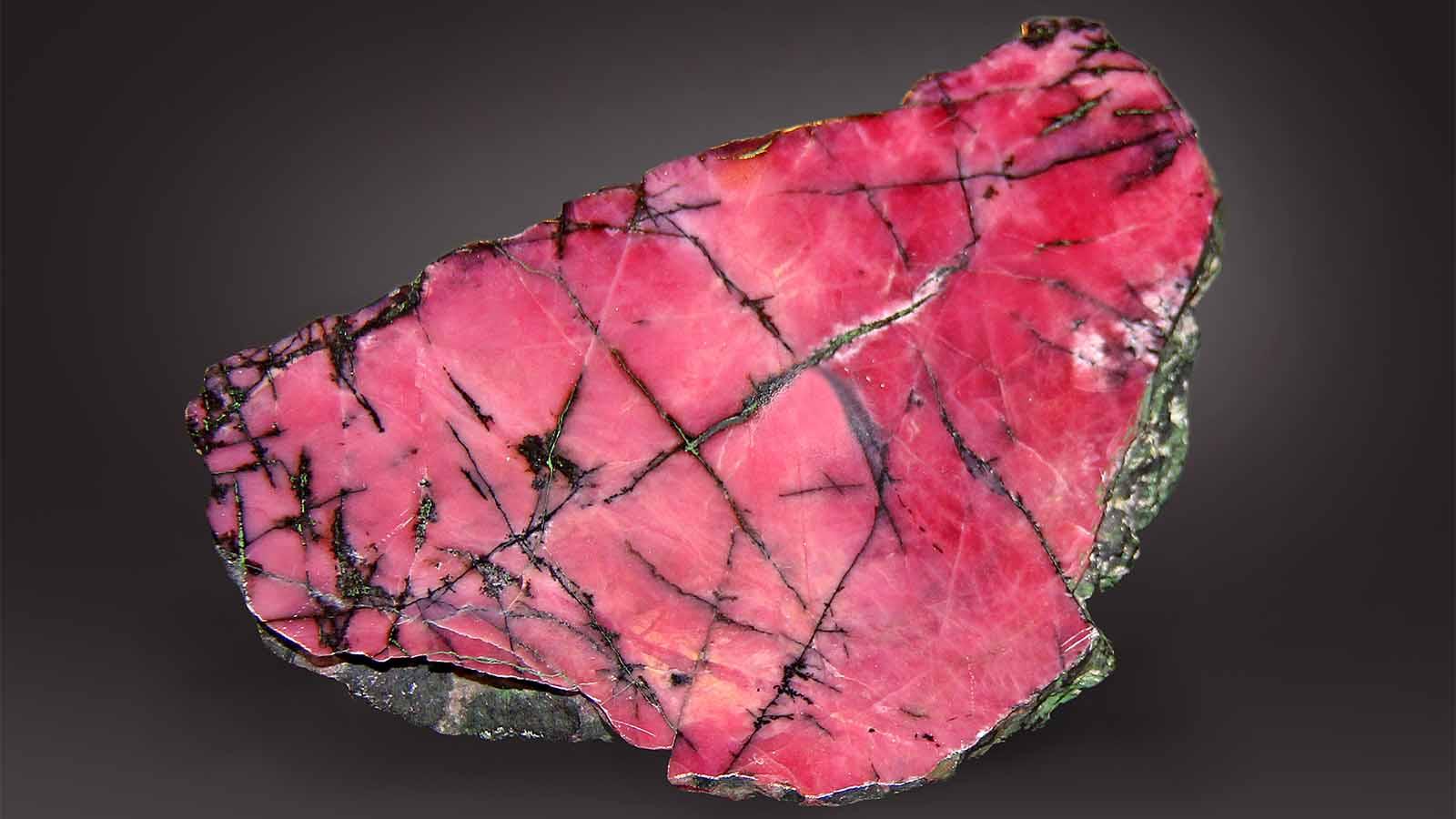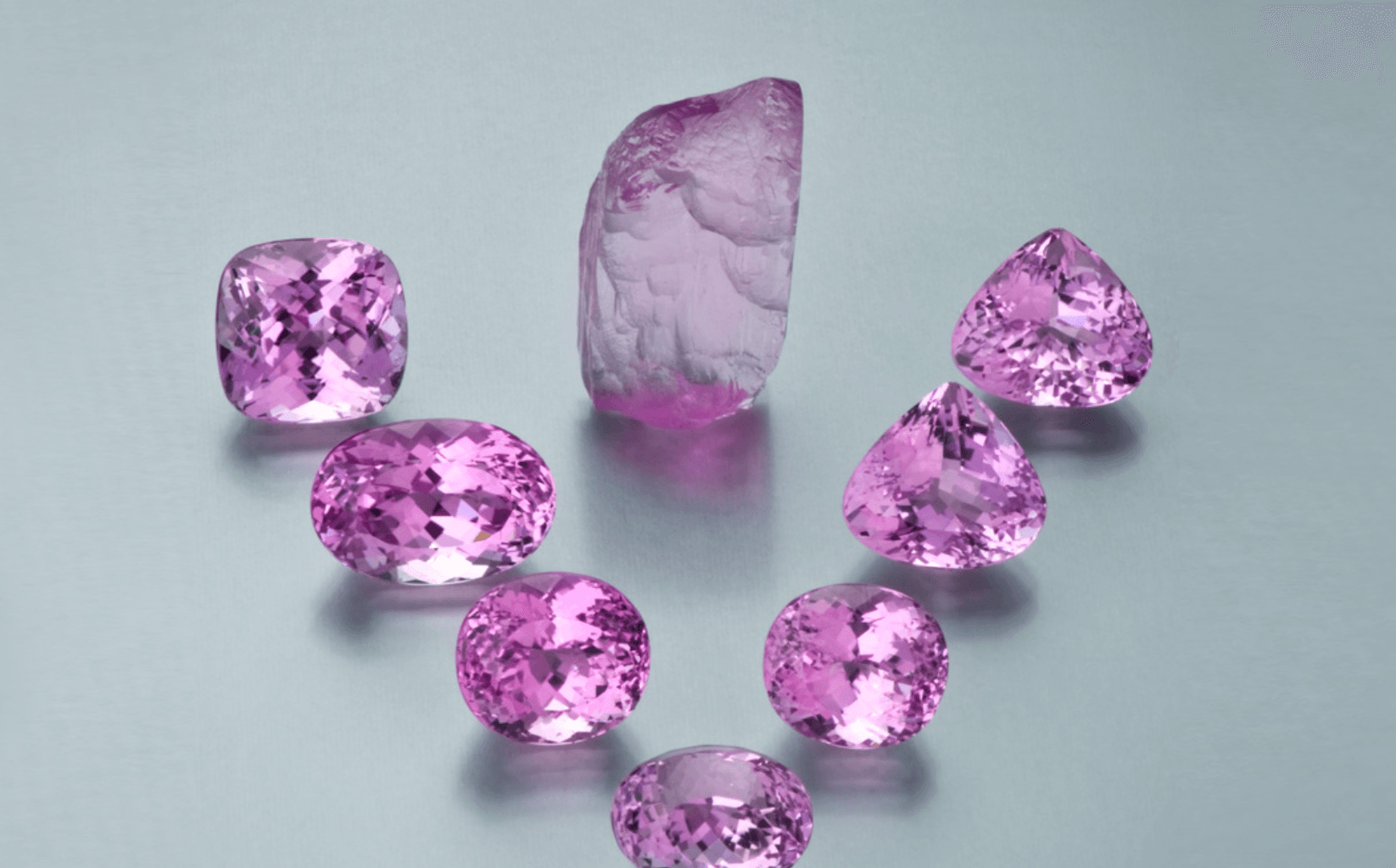
Peridot: The Luminous Green Gem That Captures Nature’s Essence
Peridot, also known as “olivine,” is a captivating green gemstone that’s admired by many. Its luminous green color ranges from yellow-green to olive green, and sometimes with a slight tinge of brown or gold. It’s a gemstone with a unique character, reflecting the richness of nature in all of its facets. This lovely gemstone is truly a sight to behold!
Peridot has an exquisite charm that sets it apart from other gemstones. It’s a semi-precious gemstone with a vitreous luster that captures the light, giving it an enchanting sparkle. This captivating gemstone is known for its strong energy and unique properties, such as its power to heal and protect.
Peridot is often used in jewelry because of its beauty and unique properties. It’s considered a timeless and classic gemstone that can be incorporated into any jewelry design. Peridot is often used in rings, earrings, pendants and bracelets, making it a versatile gemstone that can be enjoyed in many forms.
Peridot is formed deep within the Earth’s mantle, where it’s subjected to immense pressure and heat. It’s formed from magma and is found in volcanic rocks, particularly in basalt and peridotite. The chemical composition of peridot is magnesium iron silicate, with varying amounts of nickel and chromium. The physical structure of peridot is orthorhombic, which gives it its unique crystal shape and properties. Peridot is relatively hard, with a rating of 6.5–7 on the Mohs scale, making it durable enough to withstand everyday wear.
Peridot was first discovered on the island of Zabargad, in the Red Sea, off the coast of Egypt. The island was known as Topazios in ancient times, and the gemstone was called “Topazion” by the Greeks. The island was also known as “St. John's Island” and “Peridot Island” because of its rich deposits of peridot. Today, peridot can be found in many places around the world, including China, Myanmar, Pakistan and the United States.
Peridot has been cherished for centuries, with many legends and myths surrounding it. In ancient times, peridot was believed to protect the wearer from nightmares and evil spirits. It was also believed to bring peace, prosperity and good fortune to its wearer. In modern times, peridot is considered the birthstone for August, making it a popular gift for those born in that month. Peridot is also given as a 16th wedding anniversary gift, as it’s believed to symbolize a strong and lasting relationship.
Peridot can be treated in many ways to enhance its color and clarity. Heat treatment is often used to improve the color and remove any inclusions. The use of heat treatment is an accepted industry practice, and it does not significantly affect the value of the gemstone.
Many famous and significant peridot stones and jewelry pieces exist in the world today. One of the most famous is the peridot necklace worn by Queen Elizabeth II, which was given to her by the President and people of Pakistan in 1961. The necklace features a large peridot stone surrounded by diamonds and set in platinum.
Peridot is typically cut into many shapes for use in jewelry, including oval, round, pear and emerald cuts. The typical carat weight of peridot is between 1–5 carats, with larger stones being rarer and more valuable. The price per carat of peridot varies depending on the quality, size and origin of the gemstone.
Peridot and peridot jewelry can be found in many places today, including online and in jewelry stores. It’s a gemstone that is accessible to many, and its unique qualities make it a popular choice for those seeking a beautiful and meaningful gemstone.
In conclusion, peridot is an enchanting gemstone that captures the beauty and essence of nature. Its luminous green color and unique properties make it a popular choice for jewelry, and its rich history and folklore add to its mystique. Whether given as a gift or worn for personal enjoyment, peridot is a gemstone that will always stand the test of time and continue to captivate and inspire all those who admire it.


